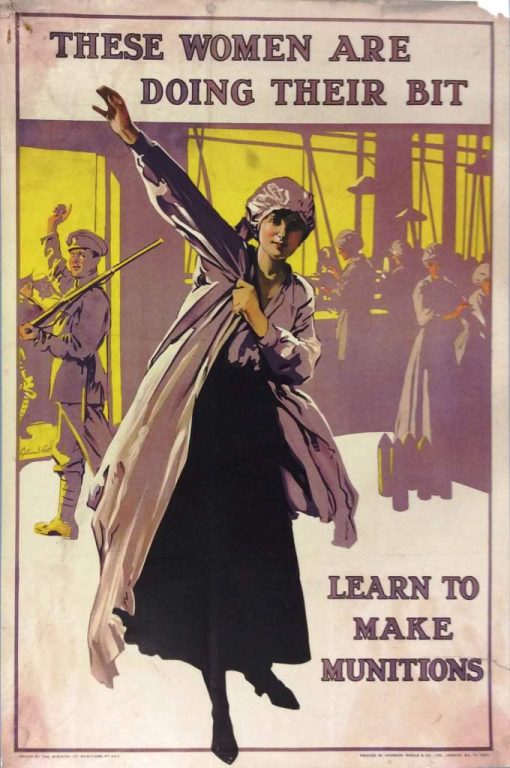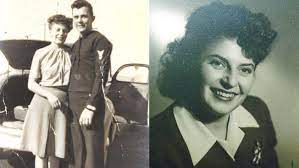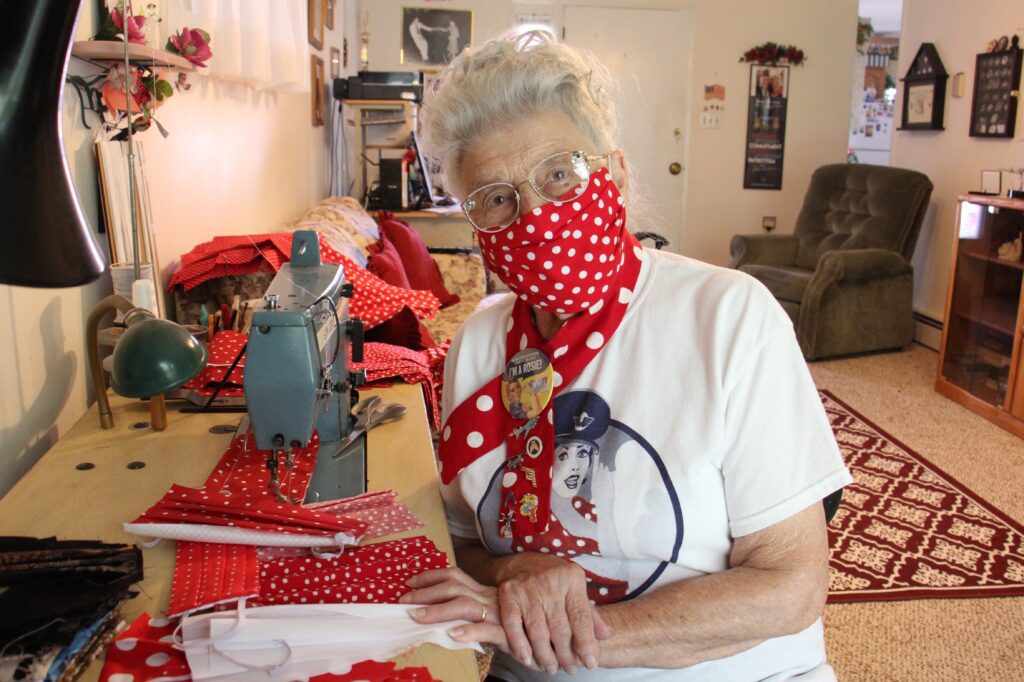#ForgottenFriday – Women in the Factories During World War II: Unsung Heroes of the Home Front
World War II was a defining moment in history, not only for the battles fought on the front lines but also for the profound societal changes back home. One of the most significant shifts was the massive influx of women into the workforce, particularly in factories, to support the war effort. This transformation was not just a temporary wartime necessity but a pivotal movement that reshaped gender roles and laid the foundation for future social progress.

In many ways, the story of women’s employment during the First World War was repeated during the Second. Despite their success in wartime industries during the First World War, similar stereotypes about women’s capacity and ability to engage in ‘men’s work’ were circulated by the government and employers. Trade unions again expressed concerns about men’s pay being pushed down and sought assurances that women’s wartime work would only be temporary. However, the needs of the wartime economy won again. The government conscripted single women aged 20-30 as auxiliaries to the Armed Forces, Civil Defence, or war industries.
Propaganda leaflets urged women to participate in the war effort.Government figures show that women’s employment increased during the Second World War from about 5.1 million in 1939 (26%) to just over 7.25 million in 1943 (36% of all women of working age). 46 percent of all women aged between 14 and 59, and 90% of all able-bodied single women between the ages of 18 and 40 were engaged in some form of work or National Service by September 1943. The level of employment could have been higher as domestic servants were excluded from these figures. Many domestic servants would have been redeployed to national service, but no exact figures exist.

During the Second World War, women worked in factories producing munitions, building ships, aeroplanes, in the auxiliary services as air-raid wardens, fire officers and evacuation officers, as drivers of fire engines, trains and trams, as conductors and as nurses. During this period some trade unions serving traditionally male occupations like engineering began to admit women members.

Rosie the Riveter was the star of a campaign aimed at recruiting female workers for defence industries during the Second World War, and she became perhaps the most iconic image of working women. American women entered the workforce in unprecedented numbers during the war, as widespread male enlistment left gaping holes in the industrial labour force. Between 1940 and 1945, the female percentage of the U.S. workforce increased from 27 percent to nearly 37 percent, and by 1945 nearly one out of every four married women worked outside the home.

One of America’s Rosies was named Mae Krier born in North Dakota in the 1920’s. Calvin Coolidge was the President of the United States, and it was during the Great Depression and the infamous Dust Bowl. Times were difficult for everyone, not just the ones in the Middle West. Krier has continued to work as a Rosie in another capacity – by speaking publicly in front of Congress, the Pentagon and across the country about the Rosies’ importance to the nation. At the age of 94, she is currently campaigning for Congress to recognize Rosies with the Congressional Gold Medal, as well as with an established Annual Rosie the Riveter Day.



